Meet the World’s First Completely Soft Robot
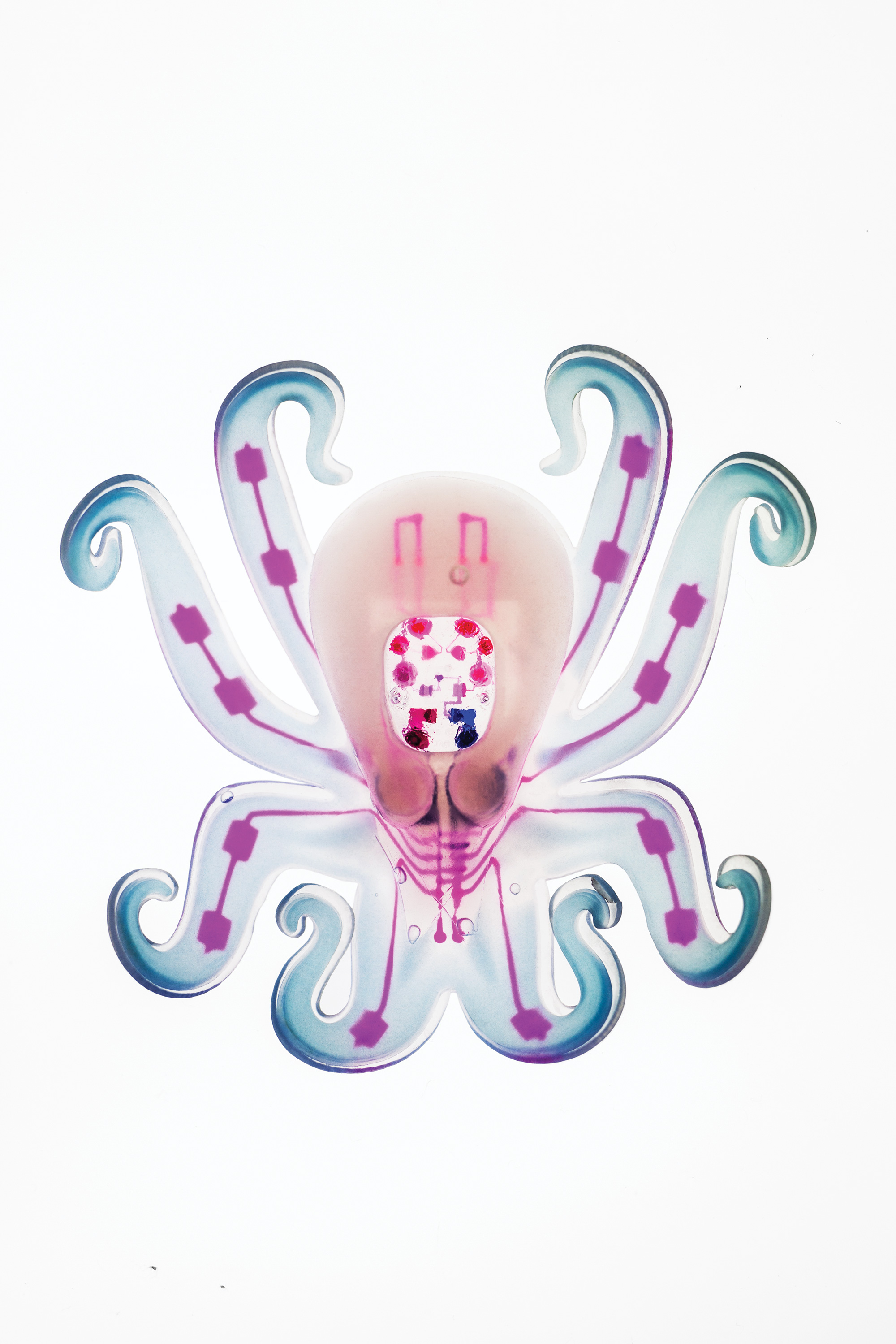
The “octobot” is a squishy little robot that fits in the palm of your hand and looks like something in a goody bag from a child’s birthday party. But despite its quirky name and diminutive size, this bot represents an astonishing advance in robotics.
According to the Harvard researchers who created it, it’s the first soft robot that is completely self-contained. It has no hard electronic components—no batteries or computer chips—and moves without being tethered to a computer.
The octobot is basically a pneumatic tube with a very cute exterior. To make it move, hydrogen peroxide—much more concentrated than the kind in your medicine cabinet—is pumped into two reservoirs inside the middle of the octobot’s body. Pressure pushes the liquid through tubes inside the body, where it eventually hits a line of platinum, catalyzing a reaction that produces a gas. From there, the gas expands and moves through a tiny chip known as a microfluidic controller. It alternately directs the gas down one half of the octobot’s tentacles at a time.
The alternating release of gas is what makes the bot do what looks like a little dance, wiggling its tentacles up and down and moving around in the process. The octobot can move for about eight minutes on one milliliter of fuel.
So how do you even build something like this? “You have to make all the parts yourself,” says Ryan Truby, a graduate student in Jennifer Lewis’s lab at Harvard, where the materials half of this research is taking place. The mold for the octopus shape and the microfluidic chip were among the things developed nearby in Robert Woods’s lab.
The octobot is made out of materials that most microfluidics labs have on hand. But it took the researchers 300 tries to get the recipe right. First they place a microfluidic chip in an empty, custom-made octopus mold. Then they pour a silicone mixture into the mold, covering the chip. After they use a 3-D printer to inject lines of ink into the silicone, they bake it for four days. This seals the shape of the octobot and makes one of the inks evaporate, leaving behind hollow vessels through which the pressurized gas will flow.
Still missing are sensing and programming abilities that would afford more control over the robot’s movement. But the octobot is purposefully minimalist, meant just to show that such a soft robot can be made at all.
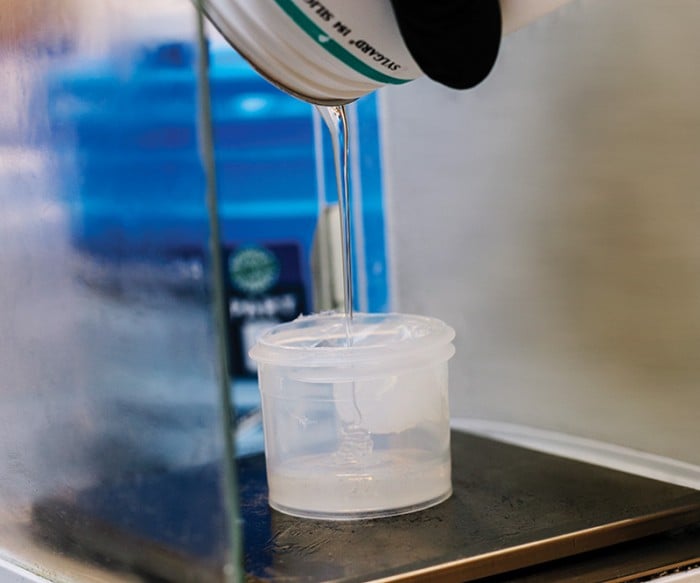
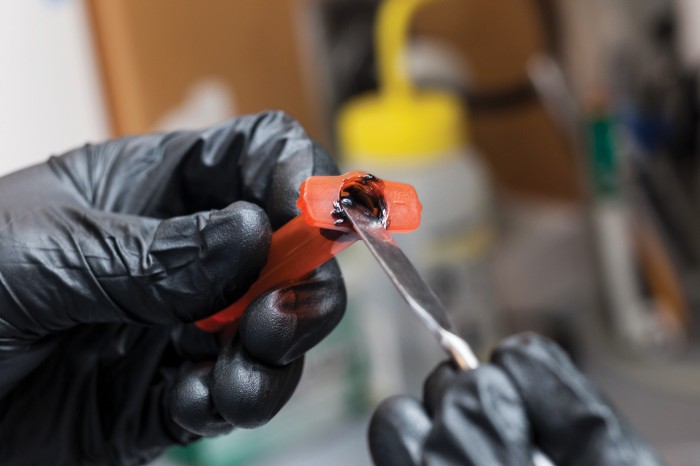
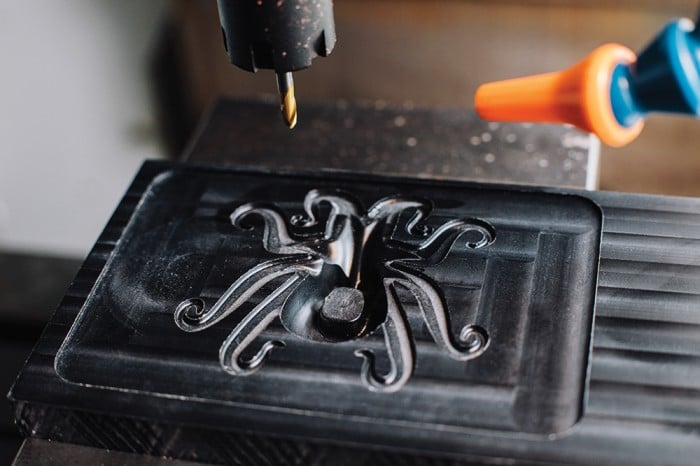
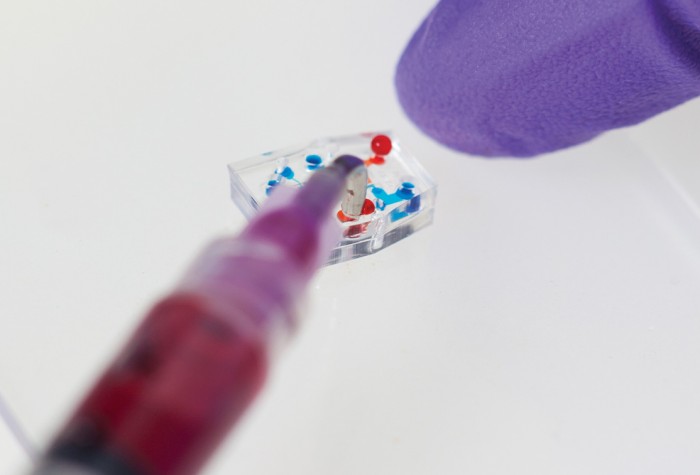
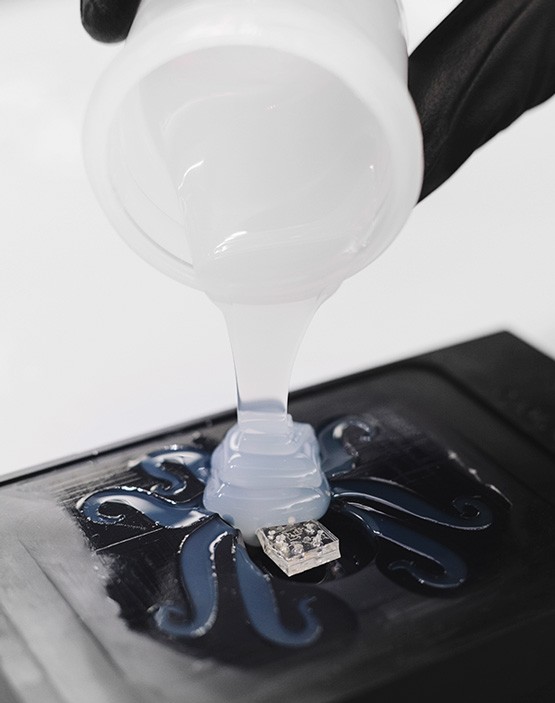
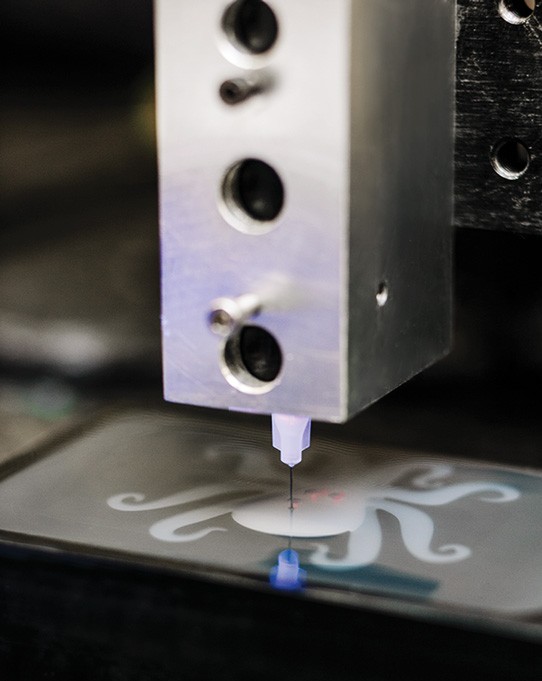
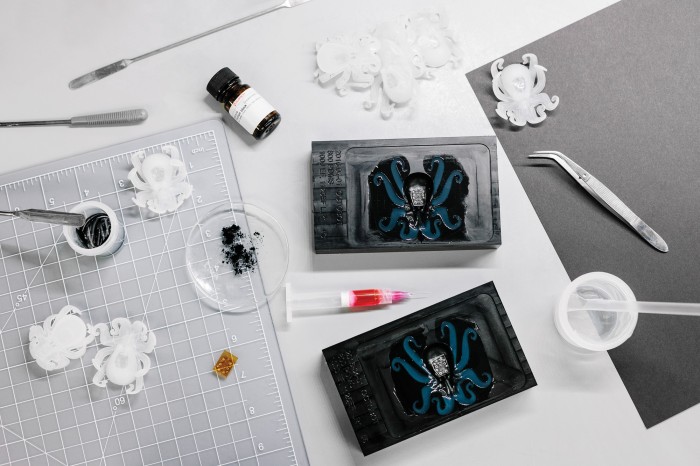
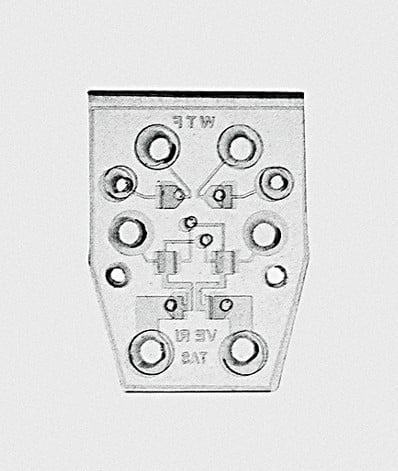
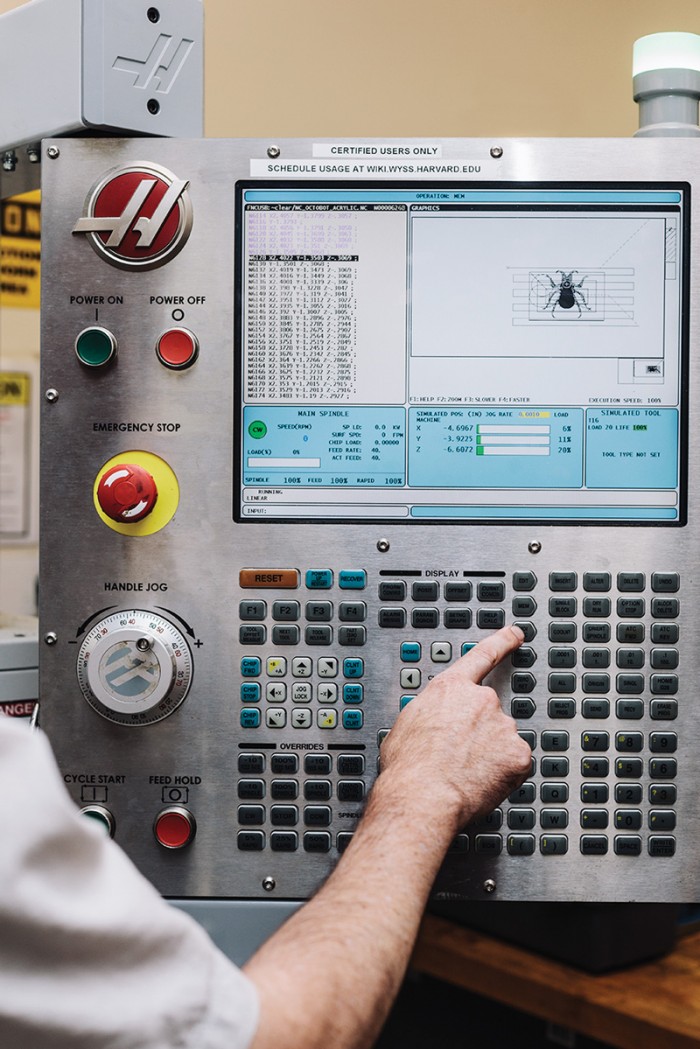
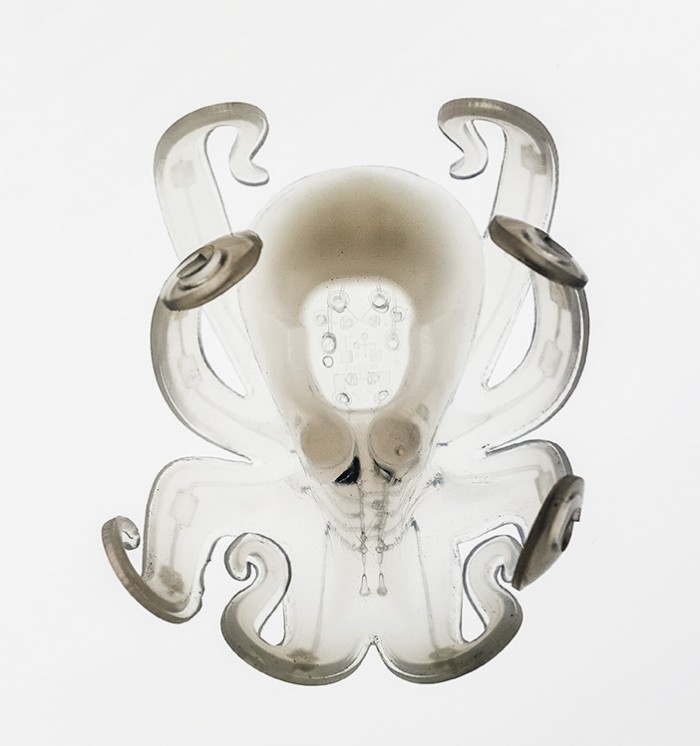
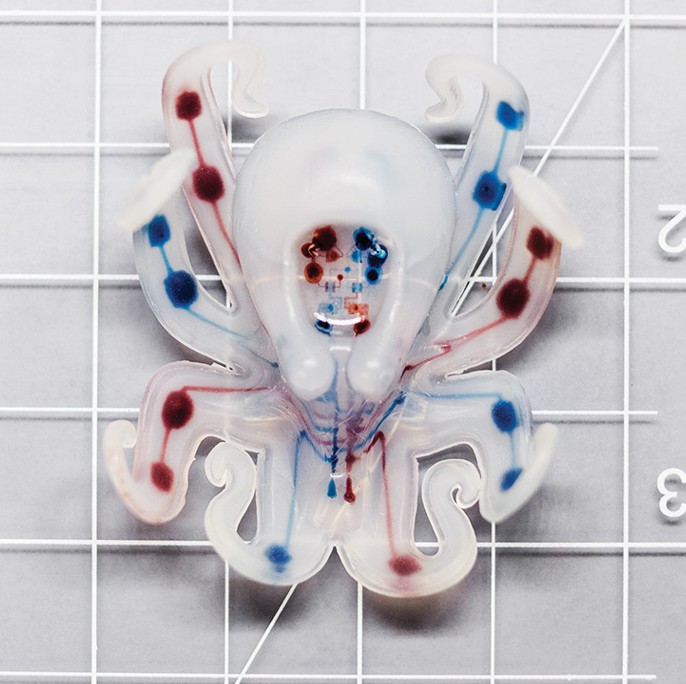
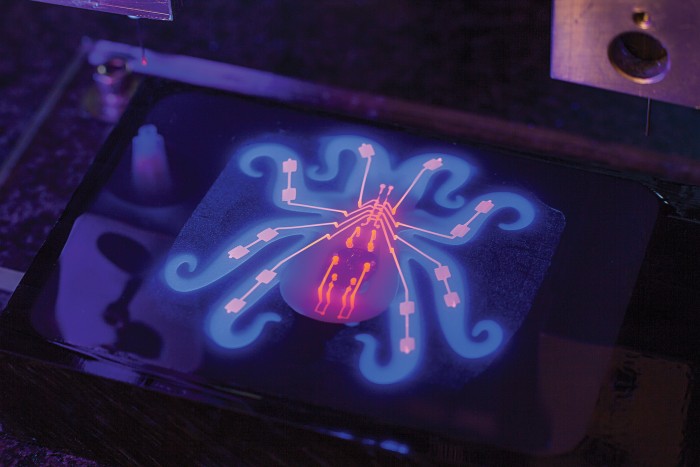
Deep Dive
Humans and technology
Building a more reliable supply chain
Rapidly advancing technologies are building the modern supply chain, making transparent, collaborative, and data-driven systems a reality.
Building a data-driven health-care ecosystem
Harnessing data to improve the equity, affordability, and quality of the health care system.
Let’s not make the same mistakes with AI that we made with social media
Social media’s unregulated evolution over the past decade holds a lot of lessons that apply directly to AI companies and technologies.
Stay connected
Get the latest updates from
MIT Technology Review
Discover special offers, top stories, upcoming events, and more.